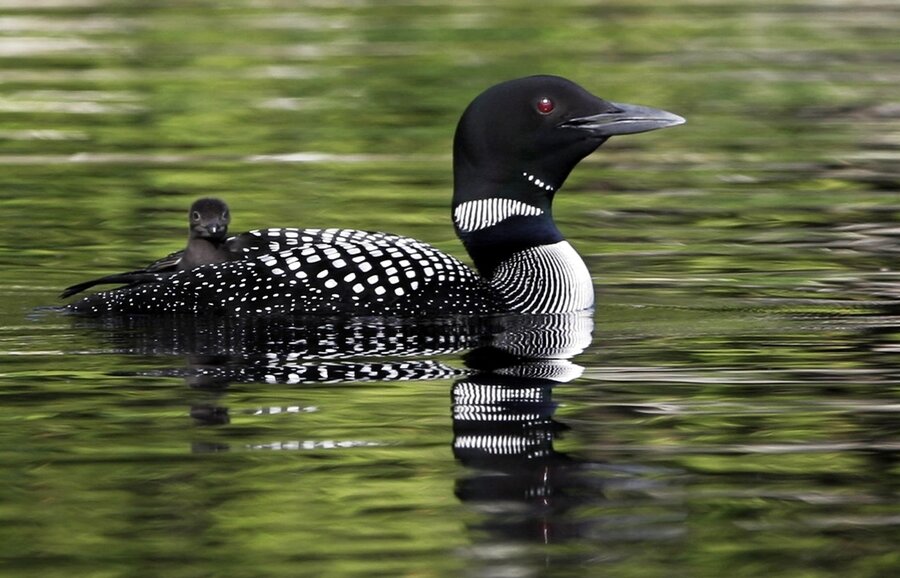Birds on a high wire
Loading...
The eerie, mournful wail of the common loon could go missing from Minnesota lakes later this century. Temperatures may just get too toasty for these black-and-white waterfowl with dramatic red eyes. Minnesota’s official state bird may be forced to flee north in search of cooler waters.
That’s just one possible outcome signaled in an October study of bird life from the National Audubon Society. Of 604 bird species it looked at, 389 are now at some danger of extinction by 2080. Though the specific reasons vary by species and locale, most are tied to the effects of climate change, including more intense heat, heavier rainfall or more severe droughts, and sea level rise.
The report follows on another troubling study published in the prestigious journal Science earlier in the month. Its sobering statistic: North America’s bird population has plummeted in recent decades, with a loss of some 2.9 billion birds, a more than 25% drop that the researchers called “an overlooked biodiversity crisis.”
At stake is much more than bird-watchers finding that their guidebooks shrink in size as species vanish from the pages.
“The landscape is not just changing for birds; it’s changing for everybody. Through the lens of birds, we can see how things are anticipated to change,” says Brooke Bateman, a senior climate scientist at Audubon. Birds indeed are “canaries in the coal mine,” warning humans that something is going on that affects them, too.
Many bird species, of course, provide direct, easy-to-understand help to humans. They eat insects that attack crops, pollinate flowers, and distribute seeds; scavenger species clean up carcasses and gobble up garbage.
As is often the case, shafts of light penetrate these dark forecasts. Two species that account for nearly 15% of the losses in the Science study – European starlings and house sparrows – constitute invasive species whose numbers many conservationists have wanted to reduce. Other species may have benefited earlier from humans shrinking forests and prairie land; these species’ numbers may only now be returning to levels seen before Europeans arrived. In addition, a few species, such as raptors and waterfowl, have actually shown gains.
The studies conclude that birds, like humans, will benefit from the cutting of carbon emissions to slow warming of the atmosphere. Some 300 bird species would be less likely to go extinct if the world stops at 1.5 degrees Celsius of additional warming rather than 3 C, the Audubon report found.
Beyond the cutting of carbon emissions, coastal birds can benefit from programs that protect beaches and marshlands from rising seas. And inland, help can be given to restoring habitats for grassland birds. Individuals can take steps such as de-emphasizing manicured lawns in favor of native grasses, shrubs, flowers, and trees that provide better bird habitats.
Time still remains, along with plenty of good reasons, for humans to help their avian friends.







